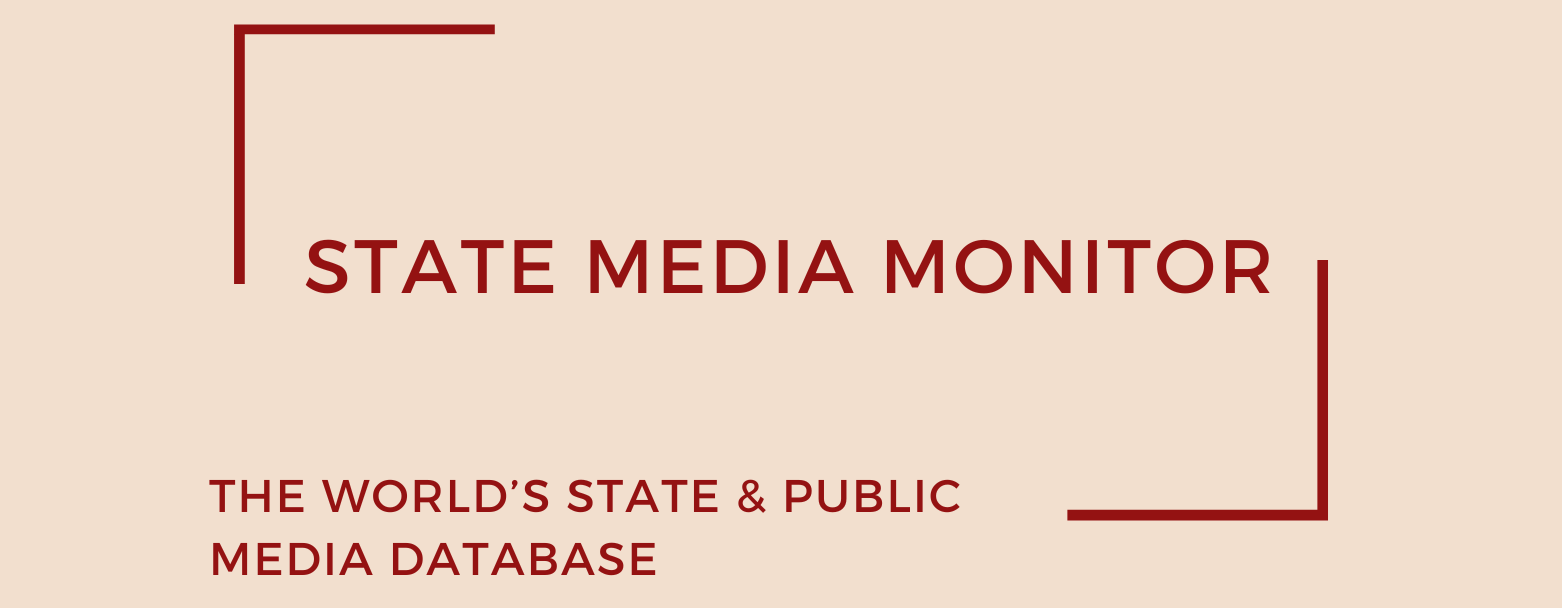State and Public Media in Eurasia in 2022
2022
The condition of state media in the Eurasian region continued to look bleak, the state playing a dominant role in the national media environments. The state media operations in these countries, many of which are traditional media such as television and radio, are numerous and reach a large audience. Their popularity makes them attractive for governments, which use them as tools to propagate their agenda.
A high percentage, 97% of all 70 Eurasian state media are editorially controlled by the government, an extremely high rate by any standard and an increase from last year. Moreover, some 80% of all Eurasian state media fall into the state-controlled media model. The rest are captured media models. They include Channel One, Gazprom Media and National Media Group in Russia, funded predominantly by ad revenue and fitting the captured public/state-managed model, and a spate of media outlets from Azerbaijan such as Azad Azerbaijan or ARB Media Group, which fall into the captured private media category.
Each of the 70 state media companies covered by the study in Eurasia runs a variety of news outlets, including newspapers, television and radio stations, and internet portals, an indication of the sheer scale of the government’s presence in the region’s media. Furthermore, since last year, the number of state media companies in the region has increased by more than ten. Although this is partly due to changes in our methodology, which affect Kazakhstan and Ukraine, there is also a string of newly identified state media outlets run by the Russian government. Some of them were introduced in our database following the Kremlin’s tightened grip on their editorial line, especially as a result of the war in Ukraine that started in February 2022. As the information war is intensifying internationally and Russia came under harsh criticism in the media, especially in the west, the Russian-based media are coming under growing pressure to bow to directions from the state authorities in Moscow. Outlets that did not fall in line had to shut down.
In Russia, the state controls 21 media companies, most of them known as being mouthpieces for the Kremlin. Many of them influence other countries in the region due to their popular rebroadcasting, for example Mir in Belarus and Kazakhstan, and Channel One in Moldova. In addition to that, the influence of Russian media has extended in recent years to Western countries where they function merely as tools to spread pro-Russian propaganda, disinformation, and anti-Western narratives. This has prompted some countries to take action against Russian media. Especially since Russia attacked Ukraine in February 2022, an increasing number of countries, including some with a large Russian speaking population such as Moldova, took bold steps to curb the Russian propaganda by outrightly banning some of its media operations. Often, however, content from Russian propaganda channels is still distributed to international audiences either via groups and pages on social media or through newly established media outlets disguised as independent.
In fact, in the past few years, identifying Russian influence in the foreign media has become increasingly difficult as the Russian government is assiduously building a growing network of foreign-oriented media operations, of which the government remains secretive. Many online portals are hard to track and document, making it difficult for journalists and experts to detect state control. As a result, the number of media outlets that operate outside the Russian borders, affiliated in one way or another with the Russian government, is believed to be much higher than what has been documented so far.
All of the countries in our Eurasia sample have very few, if any, safeguards to enforce editorial independence. Countries in the region, including Azerbaijan, Belarus, Russia, and all Central Asian nations covered by this study, have some of the most restrictive and dangerous media environments in the world. Media workers are facing harsh government control, risking fines and threats on a regular basis if they do not toe the line.
Most state media are run by those in power, governed directly by the state or by state-run institutions. The rest are owned by powerful businessmen and oligarchs who usually have ties with the ruling politicians. In Azerbaijan, for example, the captured private media are owned by the family or close allies of the country’s president.The number of editorially independent state media in the region further decreased since last year, going from an already scarce three to just two media companies, the National Public Broadcasting Company (UA:PBC) in Ukraine, which has experienced improved editorial independence after the adoption of the Law on Public Television and Radio in 2014, and Teleradio-Moldova, which enjoys protection through the Audiovisual Services Code as well as an Ombudsman supervising its editorial performance. Although Public Radio of Armenia qualified as an independent state funded and state managed media in the 2021 study, content analysis conducted as part of the project found that its reporting has turned more biased in the government’s favor within the past year, making it lose its independent status.
Citation (cite the article/profile as part of):
Dragomir, M. (2025). State Media Monitor Global Dataset 2025.
Media and Journalism Research Center (MJRC).
Zenodo.
https://doi.org/10.5281/zenodo.17219015
This article/profile is part of the State Media Monitor Global Dataset 2025, a continuously updated dataset published by the Media and Journalism Research Center (MJRC).
